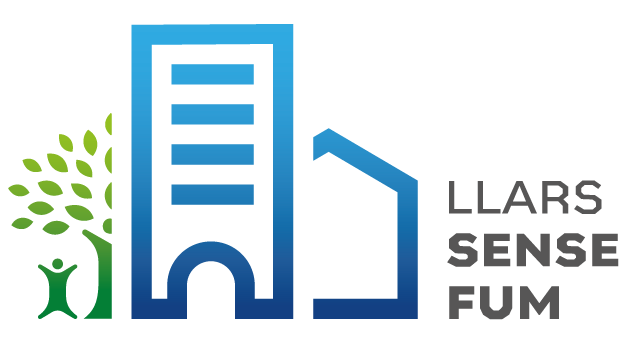Ongoing projects

Effectiveness of an evidence-based intervention to promote tobacco smoke-free households: randomized controlled trial.
Second-hand tobacco smoke (SHS) is a mixture of smoke exhaled by a smoker and smoke from the lit end of a cigarette. Exposure to SHS is a major public health problem because it causes several life-threatening diseases , such as lung cancer, stroke (stroke), chronic obstructive pulmonary disease (COPD), and ischemic heart disease in adults. In addition, children exposed to SHS are at increased risk of sudden infant death syndrome (SIDS), acute respiratory infections, otitis media, and severe asthma. While smoking and exposure to SHS in most public places has been reduced by smoke-free regulations, SHS exposure in private places, such as homes, remains common and represents a significant public health challenge.
Currently, in Spain, smoking is allowed inside the home, which results in a very high percentage of smokers who smoke inside their home and a high burden of exposure to SHS for both adults and children . Furthermore, this situation has been exacerbated by COVID-19 restriction measures. In Spain, comprehensive and systematic support is not offered at national or local level to people who want to create smoke-free homes, which represents a significant gap in health prevention services. Therefore, there is a significant need to introduce effective interventions and offer them to the Spanish population.
If you are a representative of the Association of Student Families (AFA) in Catalonia and are interested in signing up to the project, please fill out this short form.
The main objective of the project is to evaluate the effectiveness of an evidence-based intervention to create smoke-free homes in households with children.
The specific objectives are:
1. Adapt and test the feasibility of an evidence-based intervention to promote tobacco smoke-free homes in the Spanish context among households with children.
2. Evaluate the medium-term effectiveness (at 3 and 6 months after start) of the intervention in terms of total smoking bans and a decrease in exposure to FAT in households with children.
3. Characterize the socioeconomic factors, both individual and contextual, that impact the effectiveness of the intervention.
4. Determine the effectiveness of the intervention considering demographic moderators and factors related to smoking.
5. Analyze the implementation of the intervention in terms of adoption, reach, fidelity and other implementation indicators.
We will conduct a randomized controlled trial (type 2 hybrid study). The target population of this intervention is families with children (≤12 years old) and at least one smoker who allow smoking in the home and who reside in the Barcelona Metropolitan Area. Participants in the trial will be randomly assigned to the intervention group (IG, 201 families) and the control group (CG, 201 families). We will recruit participants from associations of families of primary school students in the Barcelona Metropolitan Area. The intervention that we will evaluate was developed by the “Smoke-Free Homes” Project team at the Rollins School of Public Health, Emory University. The intervention is organized into 5 steps (Decide; Talk; Choose a date; Adopt the change; and Keep going) and is carried out for 6 weeks at 2-week intervals (first sending of materials, advisory call and two more sendings). The intervention will be delivered to the GI only. Participants in the CG will receive a brief advice (leaflet) on smoke-free homes. All participants will provide informed consent before randomization. Data on the effectiveness of the intervention and implementation will be collected at baseline, 3 months and 6 months after delivery of the intervention. The primary outcome of the effectiveness of the intervention to be measured is the prevalence of households with a total smoking ban during follow-ups (self-reported). Secondary outcomes: level of exposure to environmental tobacco smoke at follow-ups (nicotine in the air and self-reported). We will evaluate the implementation process using the RE-AIM model.
January 2022- June 2026
Grant PI21/00818, AES-ISCIII (€114,950.00).
Esteve Fernandez
Olena Tigova
Isabel Barroso
Yolanda Castellano
Laura Anton
Dolors Carnicer-Pont
Angelina González (Public Health Agency of Catalonia)
Carmen Cabézas (Public Health Agency of Catalonia)
Cristina Martinez
Armando Peruga
Maria José López (Public Health Agency of Barcelona)
Michelle Kegler (Emory University)
Lucja Bundy (Emory University)
Shade Owolabi (Emory University)
There are no posts yet…
